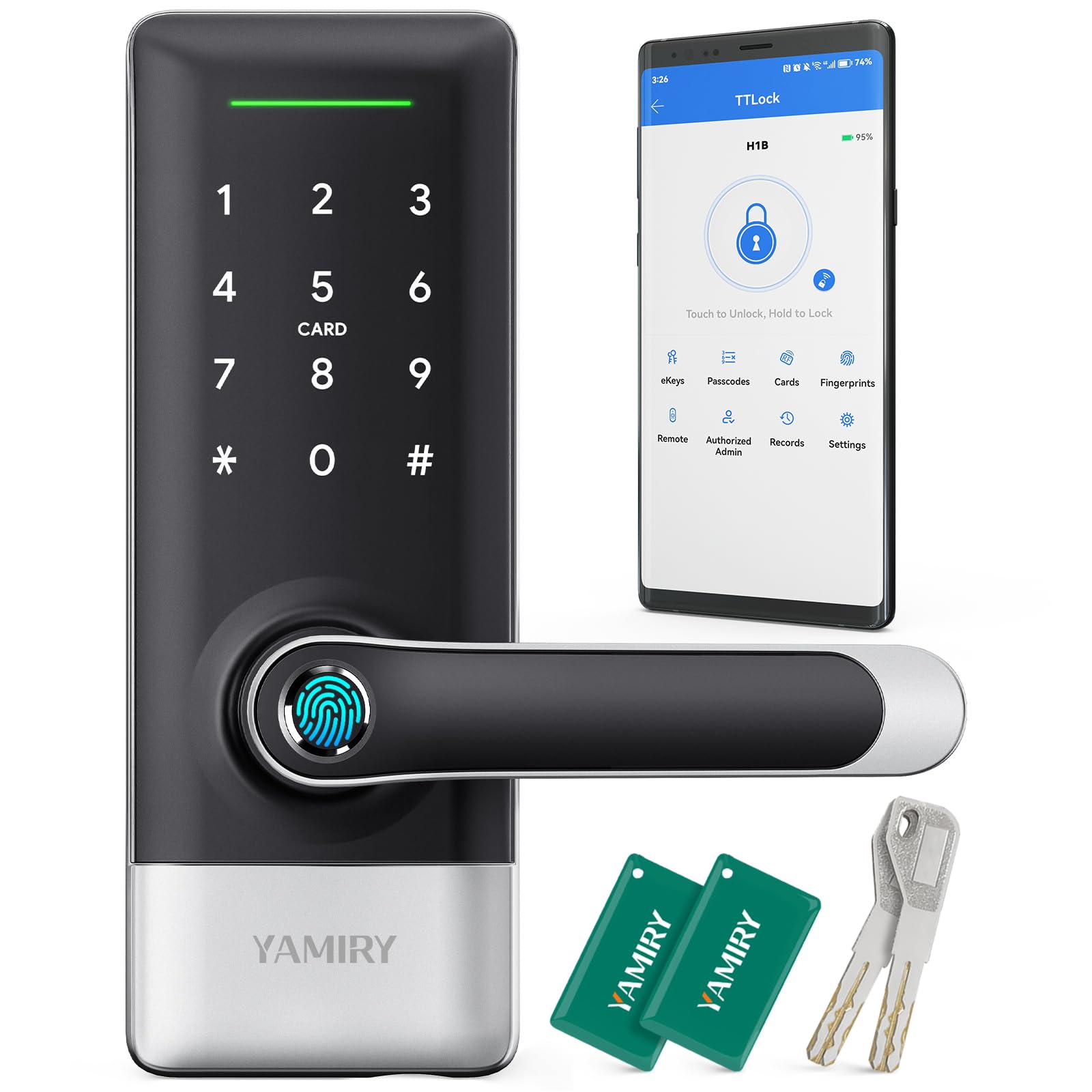When it comes to smart locks, they offer convenience and modernity. However, have you considered the potential downsides? Imagine your security being compromised without physical intrusion. Smart locks, touted for their cutting-edge technology, carry vulnerabilities that may leave you susceptible to digital breaches.
Vulnerability to Hacking
- Smart locks are susceptible to hacking due to their reliance on wireless technology, making them vulnerable to cyber attacks. While these locks offer increased security and convenience, they also raise significant privacy concerns. The wireless communication that smart locks depend on for their functionality can be intercepted by hackers, allowing unauthorized access to your home or office.
- Hackers can exploit vulnerabilities in the smart lock’s software or network connection, bypassing the security measures intended to protect your property. This poses a serious risk to your safety and privacy, as intruders could potentially enter your premises undetected. Additionally, if the smart lock is integrated into a larger smart home system, a breach in the lock’s security could compromise the entire network.
- To mitigate these risks, it’s essential to regularly update the smart lock’s firmware and use strong, unique passwords. Implementing additional layers of authentication, such as biometric verification, can also enhance the security of your smart lock system. Stay vigilant and informed about the latest cybersecurity threats to safeguard your smart lock and maintain your privacy.

Reliance on Power Source
- Depending on a continuous power source, smart locks can experience operational disruptions in the event of power outages. This reliance on power poses significant reliability concerns, especially during emergencies or when battery life is depleted. Smart locks typically require batteries to function, whether they’re traditional alkaline batteries or rechargeable ones.
- The issue arises when users forget to replace the batteries or fail to notice low battery warnings, leading to the lock becoming inoperable. In situations where there’s a power outage, and the smart lock doesn’t have a backup power source, such as a physical key override, individuals may find themselves locked out of their own homes or unable to secure their properties.
- To mitigate these risks, users must proactively monitor the battery levels of their smart locks and have contingency plans in place for power outages. Additionally, manufacturers should focus on improving the battery life of smart locks and implementing features that alert users well in advance when battery levels are low.
Compatibility Issues With Existing Hardware
- During power outages or low battery situations, the operational disruptions of smart locks can be exacerbated by compatibility issues with existing hardware. Installation challenges often arise when integrating smart locks with older doors or deadbolts. Hardware limitations can lead to incompatibility between the smart lock mechanism and the physical components of the door, causing malfunctions or rendering the smart features unusable.
- Moreover, user interface discrepancies between the smart lock and existing home automation systems can create obstacles. The lack of standardized communication protocols may hinder seamless integration, resulting in a fragmented user experience. Mobile connectivity issues can further compound these challenges, as some smart locks may not be fully compatible with all smartphone models or operating systems, limiting remote access capabilities.
- To mitigate these compatibility issues, thorough research into the smart lock’s specifications and compatibility requirements is essential before purchase. Additionally, consulting with professionals for installation and setup can help address potential hardware compatibility concerns.
Potential for Technical Glitches
- Technical glitches in smart locks can significantly impede their functionality and compromise security. These glitches may arise due to a variety of reasons, including software bugs, connectivity issues, or hardware malfunctions. One major drawback is the increased maintenance required to keep smart locks running smoothly. Regular updates and troubleshooting might be necessary to address these technical issues promptly and ensure that the lock operates correctly.
- Moreover, user error can also contribute to technical glitches in smart locks. Incorrect installation, programming errors, or forgetting to change batteries can lead to malfunctions that compromise the security of the lock. Users must follow the manufacturer’s instructions carefully and stay informed about best practices to minimize the risk of technical issues.
Limited Functionality Without Internet Access
- Smart locks exhibit limited functionality when not connected to the internet, which poses significant challenges for users seeking continuous access control. Offline capabilities of smart locks restrict their ability to communicate with external devices, limiting their functionality to basic keyless entry.
- Without an internet connection, smart locks lose their remote access capabilities, rendering features like unlocking doors for guests or monitoring access logs unavailable. This dependency on internet connectivity introduces vulnerabilities, as disruptions in network service could result in users being locked out of their own homes.
- Moreover, the lack of remote access limits the convenience and flexibility that smart locks are designed to provide. Users may find themselves inconvenienced by the need to physically interact with the lock or carry additional keys as a backup. As such, the limited functionality of smart locks without internet access highlights the importance of considering the reliability and continuity of connectivity when adopting these devices.
Conclusion
In conclusion, smart locks may offer convenience and security, but they also come with their fair share of disadvantages. Vulnerability to hacking, reliance on power sources, compatibility issues, potential technical glitches, and limited functionality without internet access are all important factors to consider when deciding whether to invest in smart lock technology. It’s crucial to weigh the pros and cons carefully before making a decision to ensure the safety and reliability of your home security system.